29th June 2013 - Marlborough Downs


Having not been on site other than to do nest checking and net ride strimming while being eaten alive by the abundant local horsefly population, I thought I'd give the morning a try in the hope of catching some juvenile warblers. I wasn't disappointed as the catch was mostly made up of warblers including my first juvenile Willow Warblers and Whitethroat of the year. I managed to catch 5 new Reed Warblers from the tiny reed bed on site and then another 4 as pulli from a nest I found a few weeks ago. No the way out I ringed the last brood of Blue Tits that were left which were still at the feathers small stage and so won't be leaving the nest until well into July. GD
Wren 3, Dunnock (1), Robin 3(1), Blackbird 3(1), Reed Warbler 9(1), Whitethroat 3, Blackcap 3, Chiffchaff 5(1), Willow Warbler 5(1), Blue Tit 9, Bullfinch 1
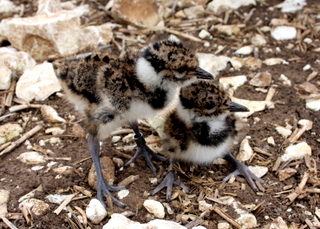
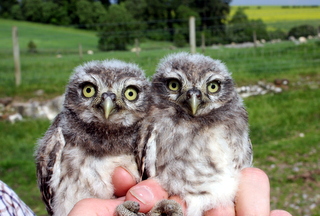

With little wind forcast for the first time in weeks and with me having work commitments it was up to my Dad any Olly to have a go with a limited number of nets this morning as the Army wanted us off the range by 0830 so they could blow stuff up.
The first juvenile warblers of the year were caught, a family of 4 3J Chiffchaffs along with 2 retrap Nightingales that we'd not already trapped this year. One of these was originally ringed in 2008 as an adult meaning this bird is at least 6 years old. Otherwise its still very low numbers for this site as last years non event of a breeding season seems to have badly effected this site more than any of my others. OF/PD
Willow Warbler 1, Chiffchaff 4, Blue Tit 1, Linnet 1, Dunnock 1(1), Lesser Whitethroat 1, Whitethroat 2(2), Blackcap 3, Robin 1, Swallow 2, Blackbird 2, Garden Warbler (2), Nightingale (2)

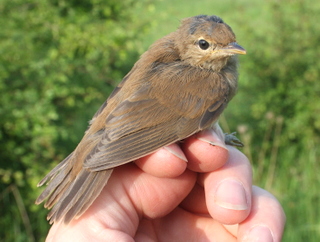

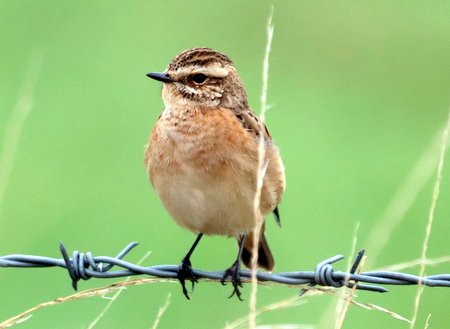
Wheatear, Whinchat, 15 Stonechat - SPTA east - Brian Heath
Sedge Warbler, Garden Warbler, 231 Blackcap, 42 Chiffchaff - SPTA centre - Phil & Graham Deacon
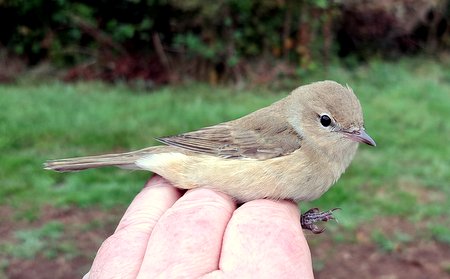
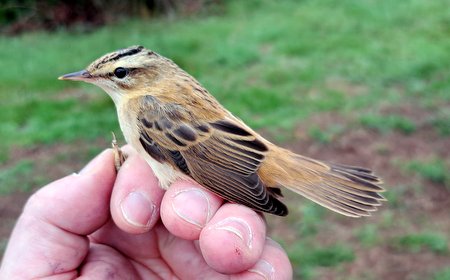
Redstart, 3 Whinchat, 29 Stonechat...
Wheatear, 3 Whinchat, 28 Stonechat, Redstart, 2 Spotted Flycatcher, 45 Chiffchaff, 9 Blackcap, 27 Swallow, 5 House Martin, 25 Mistle Thrush...